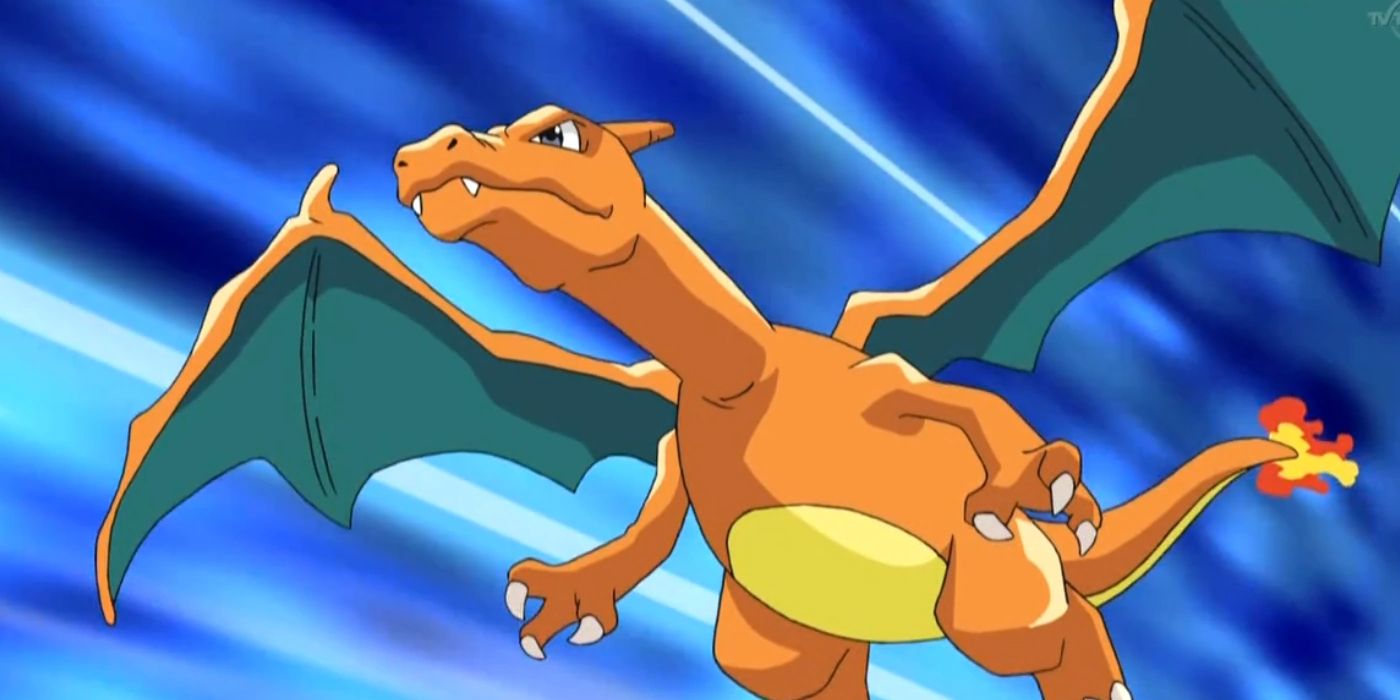Pokemon Red & Green was originally going to have more than 65,000 versions instead of only two. The game was apparently also supposed to be focused on acquiring currency in order to purchase rather than catch Pokemon.
The news comes from a recent investigation by Did You Know Gaming which involved sifting through dozens of old interviews with the people who put together the first few Pokemon games. The results were pretty surprising.
The developer behind Pokemon Red & Green, Game Freak, planned on assigning players a randomly generated number that would result in each one of them having a slightly different experience. The idea seems to have been dropped when President at Nintendo Shigeru Miyamoto suggested focusing on colors instead of numbers because of the fact that 65,000 permutations would be incredibly difficult to implement. The system still managed to make its way into Pokemon Red & Green, becoming the basically superficial Trainer ID. This was originally going to change which Pokemon appeared in the game along with a few aspects of the level design like the shape of certain forests.
“We considered having each game generate a random identification number the first time it was booted up and that number would determine which Pokemon appeared in the game,” Programmer Takenori Ota said back in 1996. This went on to be determined by which version of the game a player purchased. In this particular case, the red or green version. Game Freak would later release blue and yellow versions.
“The shape of a forest, the Pokemon that would appear, I wanted to make a game that would be different for everyone, but was difficult,” Founder at Game Freak Satoshi Tajiri revealed during an interview in 1997. “So, I went to consult with Shigeru Miyamoto from Nintendo and we ended up deciding to make it so that depending on the color, whether red or green, the worlds would be parallel, but different.”
Tajiri later explained in 2000 that “we randomly assigned auto-generated identification numbers from 1 to 65,000 to every game cartridge.” The developer added that “with the cartridge identification numbers randomly determined, Pokemon caught in those games would all carry that identification number, so as long as someone wasn’t trading with 65,000 different people, the odds of trading with someone with the same identification number were unlikely.
Miyamoto ultimately had the final say about the system. “I talked to Miyamoto about how we’d make players understand that every cartridge is different when they buy one and he told me the system sounded interesting, but it was a bit difficult to grasp,” Tajiri explained. “He said that if players can’t tell just by looking at it, then it won’t work out and it would be better if the games’ color or appearance were different. “
Pokemon Red & Green was released with a few Pokemon exclusive to each version, the point of which being to encourage trading by means of the Game Boy Link Cable. Pokemon games have always had multiple versions ever since.
Tajiri apparently also wanted players to purchase Pokemon instead of catching them. The developer once noted that “in Pokemon’s early development, you could buy Pokemon with money, but that resulted in the player focusing on saving money to buy them and less motivation to struggle to catch them in the wild.” Tajiri added that “we also thought about making one player pay money in addition to their trade when there was an obvious difference in the value of two Pokemon being traded, but implementing Pokemon monetary values was beyond the limits of our programming.”
Game Freak seems to have run into some technical difficulties when it came to implementing a monetary system. “We had no choice but to focus on what we wanted most and give up on the rest. In this case, being able to trade Pokemon was our top priority, so we cut the monetary value feature,” Tajiri said. When the game finally came out, Pokemon Red & Green would let players purchase items with money, but they would have to either catch or acquire their Pokemon through a trade.
“In the initial plan, every town had a shop that sold Pokemon, so you could buy tons of them if you had enough money,” Designer Akihito Tomisawa recalled back in 2000. “What was once thought of as an outstanding idea to have Pokemon Stores got cut.” The rest was history.

